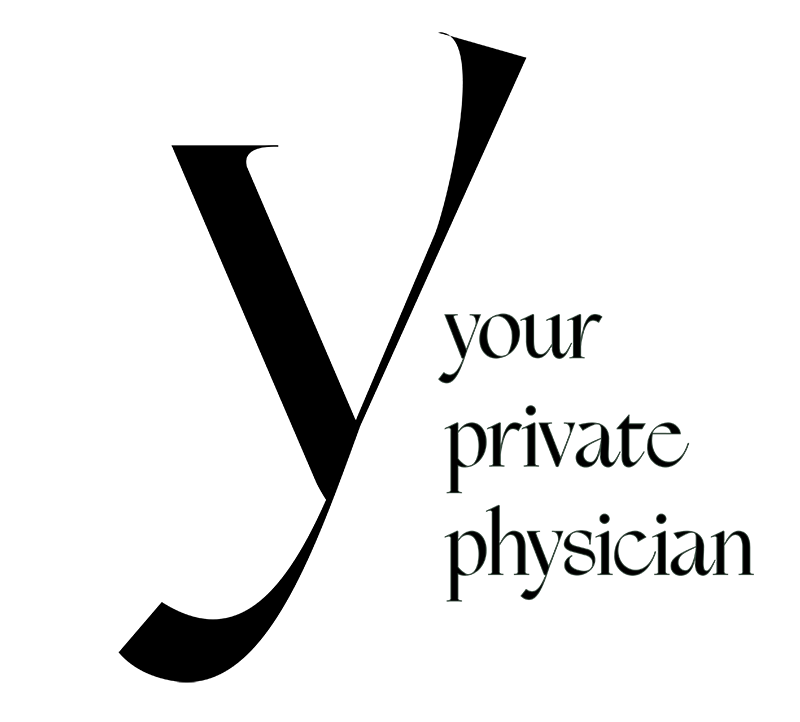Testosterone belongs to a group of hormones known as androgens. Testosterone levels affect:
- fertility
- sex drive
- red blood cell production
- muscle mass and fat distribution
Most people think of testosterone as a male sex hormone, but everyone requires a certain amount. While males have more testosterone than females, female adrenal glands and ovaries produce small amounts of this hormone.
According to the University of Rochester Medical Center, a woman should have a total of 15–70 nanograms per deciliter (ng/dl) of testosterone in her blood. At this time, there are no conclusive guidelines for what should be considered “low” testosterone levels in women.
Symptoms

A woman with low testosterone may feel tired and lethargic.
Low testosterone can cause one or more of the following symptoms in women:
- sluggishness
- muscle weakness
- fatigue
- sleep disturbances
- reduced sex drive
- decreased sexual satisfaction
- weight gain
- fertility issues
- irregular menstrual cycles
- vaginal dryness
- loss of bone density
It is important to note that research in this area is still limited.
Because the symptoms linked to low testosterone are so common, a doctor will look for signs of other issues or conditions before making a diagnosis.
The doctor may check for:
- depression
- anxiety
- chronic stress
- thyroid disease
- transition to menopause
Causes

Testosterone levels naturally reduce with age and the menopause.
The two main causes of low testosterone are:
- diminishing levels of the hormone as a normal result of menopause and aging
- problems with the ovaries or the pituitary or adrenal glands.
Testosterone decreases naturally as a woman ages. Levels of other hormones, such as estrogen, also reduce over time, especially when a woman reaches menopause.
Around the time that menopause begins, a woman may be more likely to have less testosterone because the ovaries are producing fewer hormones.
Also, medications that combat the side effects of menopause can lower testosterone levels. One such medicine is oral estrogen.
Problems with the ovaries and adrenal glands can also cause lower levels of testosterone. A woman may have reduced levels if her ovaries have been removed, for example, or if she has adrenal insufficiency, which means that the adrenal glands do not work correctly.
Diagnosis
There is currently a lack of research into the treatment of low testosterone in women. Many doctors are much more concerned about testosterone levels that are too high.
In 2014, a task force recommended against routinely measuring testosterone levels in women, as research has yet to prove a link between testosterone levels and symptoms.
If a woman reports any of the symptoms listed above, a doctor will likely check for other, more common, conditions first.
To diagnose low testosterone in women, a doctor will start with a physical exam and ask about any symptoms. If the doctor suspects low testosterone, they will order a blood test.
If a woman has not yet reached menopause, the doctor will likely advise on the best time to test the testosterone levels. This is because they fluctuate throughout the menstrual cycle.
Treatment

Improving sleep quality may help the symptoms of low testosterone.
Some estrogen replacement drugs contain testosterone.
However, the quantity of testosterone in the drugs may not be enough to raise levels, or the body may not be able to absorb them sufficiently.
A doctor may administer testosterone injections or pellets, expecting these treatments to have the same effect on women as on men: raising energy levels, decreasing fatigue, and increasing the sex drive.
However, many doctors advise women not to take testosterone. Likewise, the United States Food and Drug Administration (FDA) have approved few testosterone-based treatments for women. This is because the side effects can include:
The 2014 task force advised against treating low testosterone levels in women due to a lack of research. However, they noted as an exception that women with a condition called hypoactive sexual desire disorder should receive treatment.
A doctor may instead recommend alternative therapies to treat the symptoms of low testosterone in women. These treatments and lifestyle changes can include:
- sex therapy
- taking steps to manage stress
- getting enough sleep
- eating a healthful diet
- taking over-the-counter dehydroepiandrosterone (DHEA) supplements
DHEA is a steroid hormone that is also produced by the adrenal glands. Supplements are also available to purchase online. The Endocrine Society advise against routine supplementation with DHEA, however, as researchers have yet to prove that supplementation is safe and efficient in the long term.
The side effects of DHEA supplementation can be similar to those of excess testosterone.
Takeaway
Doctors and researchers still do not fully understand how low testosterone levels affect women or how best to treat the deficiency.
Testosterone levels change as a person ages, and they may drop as a woman approaches menopause.
If a woman experiences symptoms of low testosterone, the results of a blood test can help a doctor to make a diagnosis.
Never take testosterone replacement therapy without a doctor’s recommendation. Supplements and replacement therapies may cause more unpleasant side effects than they relieve.

